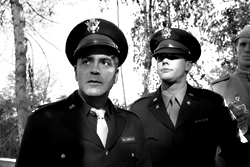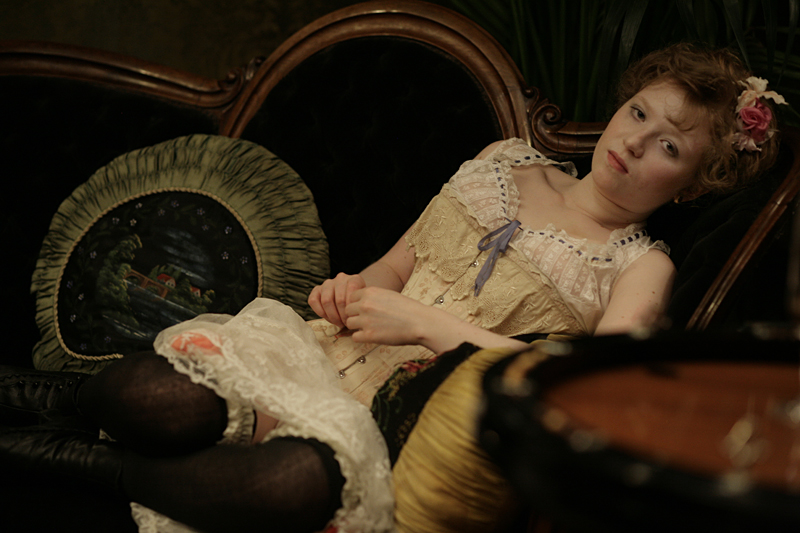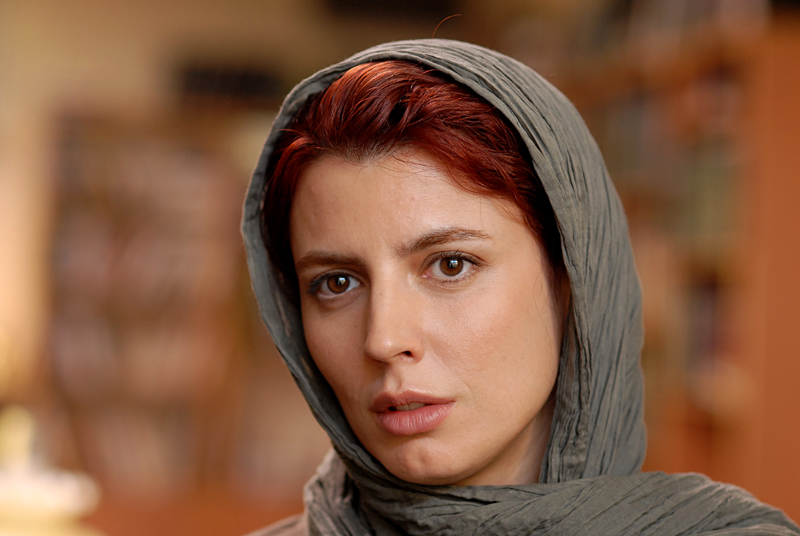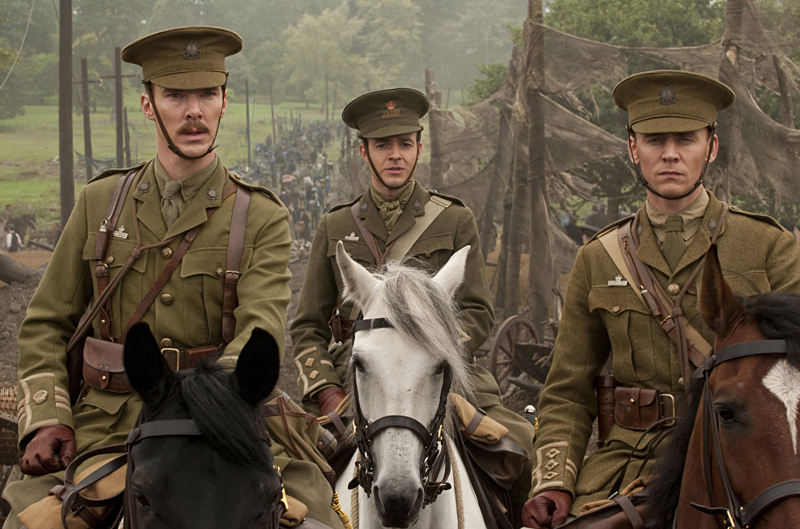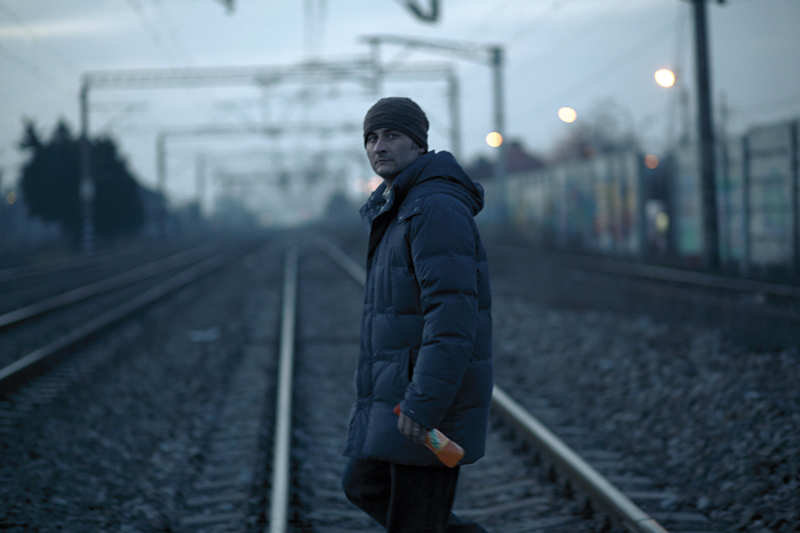The Good German, directed by Steven Soderbergh from Joseph Kanon’s best seller, is as much simulation as movie. Specifically, it’s the simulation of a 1940s private eye flick. It’s not just a period film but one that feigns being shot as it would have been in that period. Filmed for maximum chiaroscuro in hyper black-and-white, this is an old-school urban thriller played out amid the still-smoldering ruins of postwar Berlin rather than the back alleys of downtown L.A. It’s a promising idea—using the ’40s to evoke the ’40s, repaying Hollywood’s debt to German expressionism by bringing film noir back home. Soderbergh isn’t the first to try this particular stunt—Lars von Trier played a similar game in his underappreciated Zentropa, and The Good German is haunted by The Third Man the way Carol Reed’s 1949 classic was haunted by Orson Welles. But neither of those were Hollywood movies, and neither one had the same concern with resurrecting something that may never have existed; such voluptuous disillusionment regarding U.S. motives wouldn’t have had a place in a 1946 American movie.
The Good German is essentially an exercise in sleight of hand. Even more than digital magic, Soderbergh’s deliberately archaic cinematography (credited to his pseudonym, Peter Andrews) allows for many satisfying segues between newsreel footage and back-lot rubble. The cluttered mise-en-scène is often sensational, and there are several effective set pieces, notably a triumphal Allied parade through the bombed-out city, which verges on sci-fi. Despite (or rather, because of) its self- consciously retro qualities, The Good German is one of Soderbergh’s more experimental movies—but the pizzazz is mainly visual.
Paul Attanasio’s adaptation streamlines Kanon’s 500-page opus, set in August 1945 against the backdrop of the Potsdam conference where Churchill, Truman, and Stalin met as allies for the last time. The Good German doesn’t lack for atmosphere. Berlin is less a cold crater than a sinkhole of depravity, complete with a fat congressman looking to rehabilitate the Nazis en masse. George Clooney, a foreign correspondent who had been stationed in prewar Berlin, returns to the scene of the crime to cover the conference (for The New Republic, no less) and is immediately assigned the sleaziest driver in the U.S. Army (Tobey Maguire). This fresh-faced twerp picks not only Clooney’s pocket but his brain as well—turns out that he’s pimping Cate Blanchett, the married woman Clooney had loved when last in town and for whom he still carries a major torch.
Her face a taut mask of enigma and voice dropped an octave to husky Dietrich range, Blanchett is given every opportunity to slink meaningfully through the debris. Maguire is considerably less convincing as the callous fixer—particularly when used to establish the callow nature of the American occupiers. (“Just don’t Jew me on the price,” he warns a legless black marketer.) Walking through the Humphrey Bogart role, Clooney seems to be forever glancing back at his director. He’s at once inanely overconfident and distractingly ineffectual as the forthright American.
Clooney’s character can’t even get into the confab he’s supposedly covering; it’s good news for the plot when he wanders over to the Russian zone in time to see the corpse of an American GI pulled out of the river. Like a good shamus, Clooney takes one thumpin’ after another. Trying to get to the bottom of the murder, as well as the missing-person mystery that swirls around Blanchett, he’s punched out by Russians, Americans, Germans, and even Maguire.
Generals and MPs warn him off the case. So does Blanchett, hissing, “You should never have come back to Berlin.” Nevertheless, he perseveres, making a badge out of his bandaged ear as Jack Nicholson nursed a wounded nose through Chinatown. This intentional corniness is far from unpleasant. However flavorsome though, The Good German is seriously deficient in the stars’ star power and narrative excitement. The movie is lovingly framed, carefully lit, and fatally insipid. The direction is slack; the pacing is perfunctory. While the mysteries of Blanchett’s past proliferate, Clooney never has much trouble finding her (or her file).
In his most fatal re-creation, Soderbergh closes with an homage to Casablanca. It’s a dark and misty night. The getaway plane is on the runway. Blanchett is wearing an Ingrid Bergman cloche hat, and Clooney is desperately trying to think for the both of them. But if Casablanca was the acme of wartime romanticism, The Good German is its self-conscious antithesis. Soderbergh wants to show the birth of postwar moral relativism. It’s hard to believe in anything—his characters most of all.
